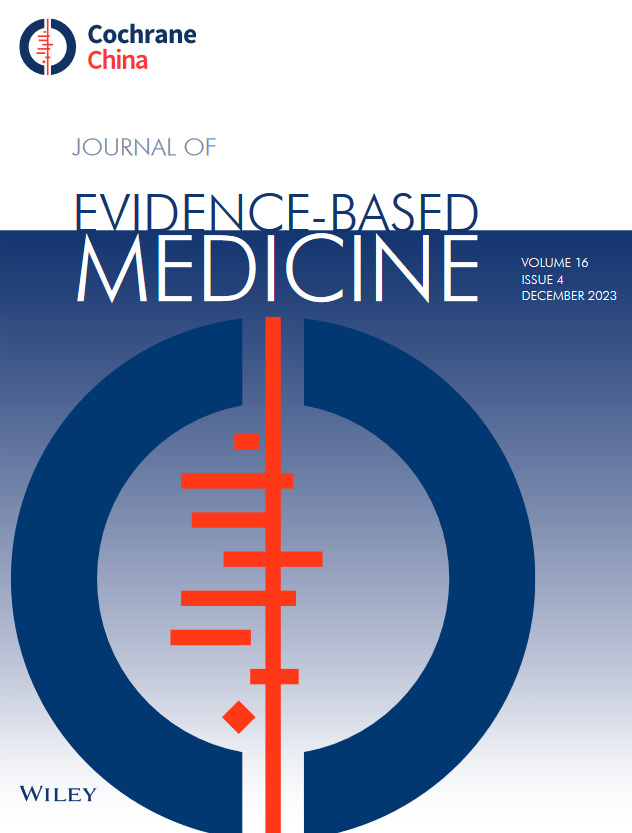Comparison of 11 Formulas and Breastfeeding for Atopic Dermatitis and Growth in Pediatric Cow's Milk Protein Allergy: A Systematic Review and Network Meta-Analysis of 23 Randomized Controlled Trials
Abstract
Objective
This study aimed to evaluate the effectiveness of various formulas and the ability of breastfeeding with the exclusion of cow milk protein to reduce the Scoring Atopic Dermatitis (SCORAD) index and promote growth in infants with cow milk protein allergy.
Methods
We conducted a systematic search of PubMed, Embase, Web of Science, the Cochrane Central Register of Controlled Trials (CENTRAL), ClinicalTrials.gov, China National Knowledge Infrastructure, WanFang Data, Weipu, and the China Biomedical Literature Database. The search period ranged from the inception of each database to December 2023 (with an update until January 15, 2025). We included randomized controlled trials (RCTs) comparing formulas and breastfeeding for cow's milk protein allergy in infants. Two independent reviewers extracted data via standardized methods and assessed the risk of bias via the revised Cochrane risk-of-bias 2.0 tool. We performed a network meta-analysis (NMA) via a Bayesian fixed-effects model in RStudio and assessed the certainty of the evidence via the Confidence in Network Meta-Analysis (CINeMA) online application. The protocol for this NMA was preregistered in PROSPERO (No. CRD42024504707).
Results
This analysis included 23 RCTs involving 1997 children and assessed 12 interventions. Compared with the regular formula, the pectin-thickened amino acid formula (TAAF) might reduce the SCORAD index (−12.49, 95% confidence interval [CI] −20.38 to −4.48, low certainty). At ≤6 months of follow-up, compared with rice-hydrolyzed formula (RHF), breastfeeding might improve the length-for-age Z score (LAZ) (0.47, 95% CI 0.13–0.81, moderate certainty), and breastfeeding (0.39, 95% CI 0.02–0.77, low certainty) and extensively hydrolyzed formula (EHF) with probiotics (0.38, 95% CI 0.00–0.77, low certainty) might respectively improve the weight-for-age Z score (WAZ) and weight-for-length Z score (WLZ). At the 12-month follow-up, EHF might improve the LAZ (0.41, 95% CI 0.11–0.71, low certainty) and WLZ (0.37, 95% CI 0.18–0.56, low certainty) compared with RHF, whereas the amino acid formula (AAF) may improve the WAZ (0.33, 95% CI 0.02–0.63, low certainty).
Conclusions
Low-certainty evidence suggested that TAAF might reduce the SCORAD index. Moderate or low certainty evidence indicated that, at ≤6 months of follow-up, breastfeeding might improve the LAZ and WAZ, whereas EHF with probiotics might improve the WLZ. At the 12-month follow-up, EHF might improve the LAZ and WLZ, whereas AAF might improve the WAZ. However, further high-quality studies would be needed to confirm these findings and assess their safety and cost-effectiveness.

 求助内容:
求助内容: 应助结果提醒方式:
应助结果提醒方式:


